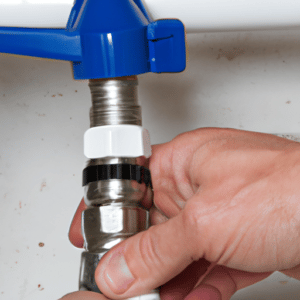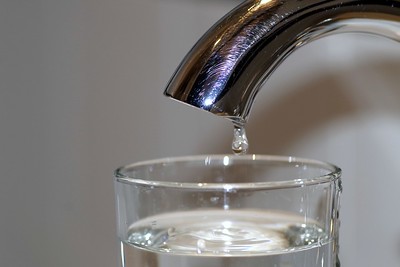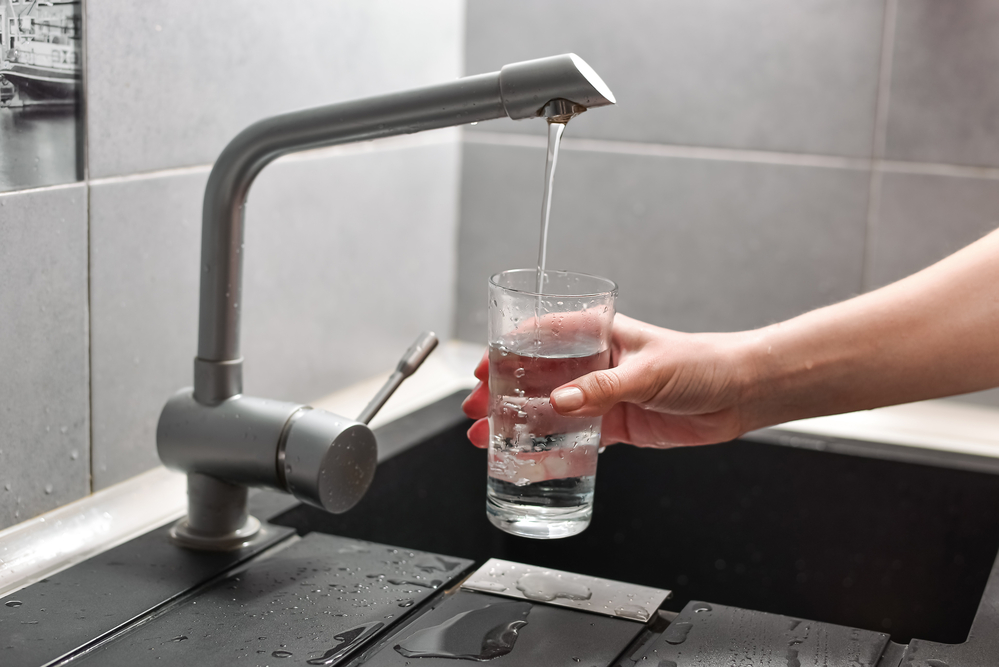Figuring out how to install an under-sink water filter system can seem like a daunting prospect to beginners. While most of these devices come with instructions and manuals to guide you, it might be challenging to determine where you should start.
An under-sink water filter can potentially be an excellent investment for your home, instantly improving your water quality with minimal hassle. You can lessen your expenditure on disposable water filter options and prevent hard water from damaging your water line at the same time.
An under-sink water filter system can even make your drinking water feel as fresh as bottled water, so you never have to worry about the odd taste of tap water again. Here’s what you need to know to get started with your installation process.
How Do You Install a Water Filter Under the Sink?
Are under-sink water filters easy to install? What’s the process behind it? Let’s find it out with the simple steps below:
Step 1: Examine the Water Filter
The first step is examining the water filters you’ve purchased for your home. An under-sink water filter system which recommends getting professional advice, usually means you’ll need the guidance of a professional plumber to implement it into your water supply. However, you should be able to install an under-sink water filter on your own for the most part.
Step 2: Gather All Your Tools
While checking the instructions, ensure you have all the tools you need to update your sink, including any spanners or wrenches, to ensure a tight fit.
Step 3: Turn Off the Water and Consider the Position of Your Tap
Next, turn the main water supply off in your house to ensure that changing the filter cartridge in your water supply doesn’t cause flooding. Check the water is definitely switched off and that nothing is coming through the taps and into your sinks.
While you’re checking your sink, consider the position of your tap. It can either be on the counter or in the sink itself; the key is to ensure you can gain access through a hole in the water supply below.
Step 4: Insert the Pipe Tail
Once you’ve checked the water is off, drill a hole for your dedicated faucet through the kitchen sink. The size of the hole will usually be noted in the instructions for the faucet and water filter system you bought. Next, you’ll need to insert the pipe tail through the hole.
Water filters generally come with two pipes. The first goes from the water filter from the water supply, while the second goes from the water filters to your faucet. Insert the pipe tail from the filter to the faucet through the hole you just drilled and secure the pipe. You should have the appropriate washer and locking notes included with your filter head and faucet system.
Step 5: Connect the Pipe to the Tap

Ensure the connection is as tight as possible to prevent leaks. Next, you’ll be able to connect the pipe to the tap, using the correct inserts again for your chosen faucet. Now you can focus on the valve that’s going to connect your cold-water line to your water filters. It’s important when installing this part to tighten it using only your fingers. This will ensure you have everything properly in line.
Depending on the water filters you choose, you may need to clamp them into positions. Check the instructions for your sink water filters for more information, then check the alignment of both your water filters and the pipes. If everything looks secure, you can begin to tighten the valve connecting the cold water to the filter.
Step 6: Check for Leaks
Check the connection from the faucet to the tap, where the water will come out to your sink. Then turn the water supply for the house on again. You will now be able to run the water through the tap and ensure there are no leaks.
If you can’t see any leaks, you’ll want to leave the faucet running for around five minutes to ensure the filter is working properly and your water line is back in action.
Can I Install a Water Filtration System Myself?
Whether you can install a system for filtered water yourself or not will depend on a number of factors, including what kind of water hose, plastic tubing and pipe system you have in your water supply. You’ll also need some basic knowledge of how your water system works. If you don’t know the difference between a saddle valve, a RO system, and a shut-off valve, hiring an expert to install your filtered water faucet for you might be helpful.
If you’re relatively confident with your knowledge of basic plumbing techniques, you can add a sink water filter to your cold water line with relative ease. If you have the right tools, learning how to install an under-sink water filtration system yourself isn’t as complex as it seems.

Don’t make the mistake of deciding to install your under-sink water filter yourself if you’re uncertain just because you want to save money. It’s easy to make a mistake with your water supply which leads to expensive leaks. You may have to pay to get the work done again by a professional and pay for repairs caused by water damage.
Do Under Sink Water Filters Work?
If you learn how to install an under-sink water filter system correctly and take your time to ensure you get the installation right, you should see a significant difference in your drinking water. A good filter will be able to get rid of various sediments and unwanted additions to your tap water so that you can enjoy a better flavour.
Not only will you save some money on bottled water and filter jugs, but you can also significantly improve the longevity of your faucets and pipes with the right filtration system, as hard water can cause damage over time.
Just make sure you don’t rush through the process of installing your new purchase without carefully considering your needs. Take the time to check the instructions and make sure you understand them fully before you jump in. When you’re ready to start installing your filtration system, follow each step as carefully as possible.

